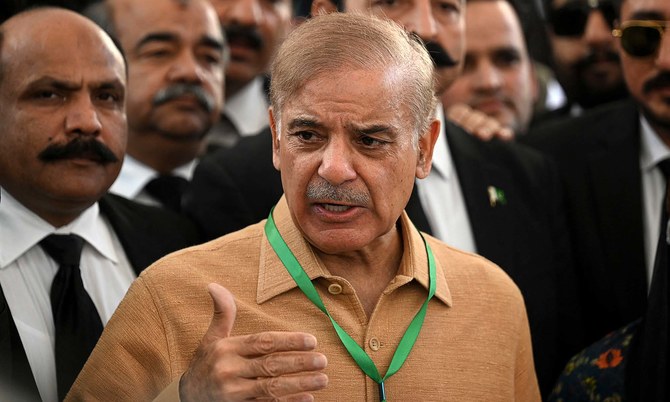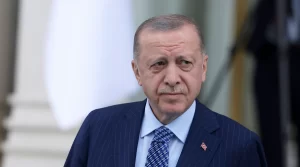
On August 1521, Taliban armed guerrillas posed at a table decorated with President Ashraf Ghani at the Palace of the President of Afghanistan. Ironically, it depends on the wall behind them there is a Sufi Painting of Sabir Shah Shah Membantikotai Amad Shah Durrani who knelt down, who is considered the founder of modern Afghanistan.
While the world expressed shocked by the amazing fall of Kabul, the prominent Pakistants generated toast. They include political parties, senior journalists and retired generals. But there was nothing clear like Pakistan at that time Prime Minister Imran Khan who said “Afghanistan has broken the shackles of slavery.” One of the ministers even said India had received the right prize for its independence day.
Pakistan always supports the Taliban. This continued even when Pakistan supported the American war against terror in Afghanistan after 9/11. Pakistani support is now more covert, because the Taliban only deepens when India becomes a close ally of the non-taliban government after 2001. The return of the Taliban will not only install a friendly government in Kabul but also gives a blow to Indian rival.
So, now the Taliban runs Afghanistan. “Breaking the shackles of slavery”, they have reversed the decision to allow Afghan daughters to return to high school. Government employees have been told not to shave their beard and wear local clothes and pray at the right time. But what also stands out is this: the border between Pakistan and Afghanistan is burning. Taste some of these incidents from April 2022.
Acting Defense Minister Afghanistan said on April 24 that the Taliban government would not tolerate the next invasion by Pakistan.” This happened after the Taliban called the Pakistani ambassador to protest the attack.
Pakistani foreign office spokesman said Pakistan and Afghanistan were brotherhood countries who considered terrorism as a serious threat and that Pakistan hoped for long-term involvement with Afghanistan to get peace.
But why do the “brotherhood” fight? Pakistan clashed on the border with the army and even the Afghan government supported by the US. When Kabul falls, Pakistan thinks this will change. Pakistan also thought the Taliban would control its ideological branch Tehreek-e-Taliban-Pakistan (TTP), a terror group that had tried to build the Islamic Caliphate in Islamabad.
Both are wrong assumptions. Since 15 August 2021, the Taliban fighters have more often clashed with the Pakistani army, often fatal, along the Durand 1893 line (created by British Diplomat Mortimer Durand after Indian soccer tournament, Durand Cup, named) which was not recognized by the former. TTP has increased terror attacks in Pakistan. In response, the Pakistani military has increased operations. 128 Armed Fighters have been killed since January 2022. The number of soldiers killed during this period was 100.
First, let’s understand the boundary questions. The Taliban objected to the work of Pakistani fences on the Afghan-Pakistan border “separating the ethnic Pashtun who lived on both sides.” While the Afghan government has denied the border since the formation of Pakistan in 1947, the Taliban objection could also be from their desire to emphasize that they were not proxy Pakistan.
Surmicuring the cause of Pashtun can also get Taliban legitimacy from Afghan’s largest ethnic group. The fence stabbed the Taliban because the generation of the community grew in Pakistani refugee camps, and now they have business and families there. Last but not least: Fence work also hinders drugs and trafficking in Afghanistan. However, in the notes, Pakistan and the Taliban have promised to resolve disputes through the conversation.
What happened on the border of Pakistan-Afghanistan might remind one of Mary Shelley’s story: How Victor Frankenstein refused his creation because he became a terrible creature, and how the monster was looking for revenge through murder and terror.

